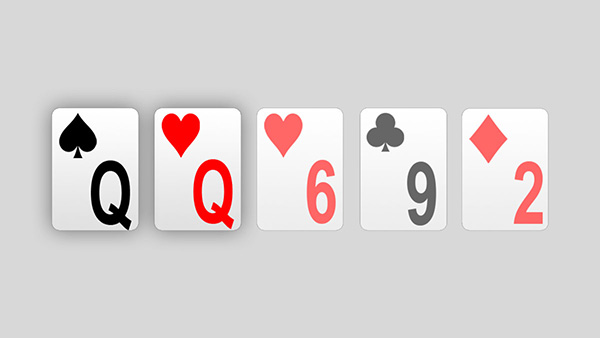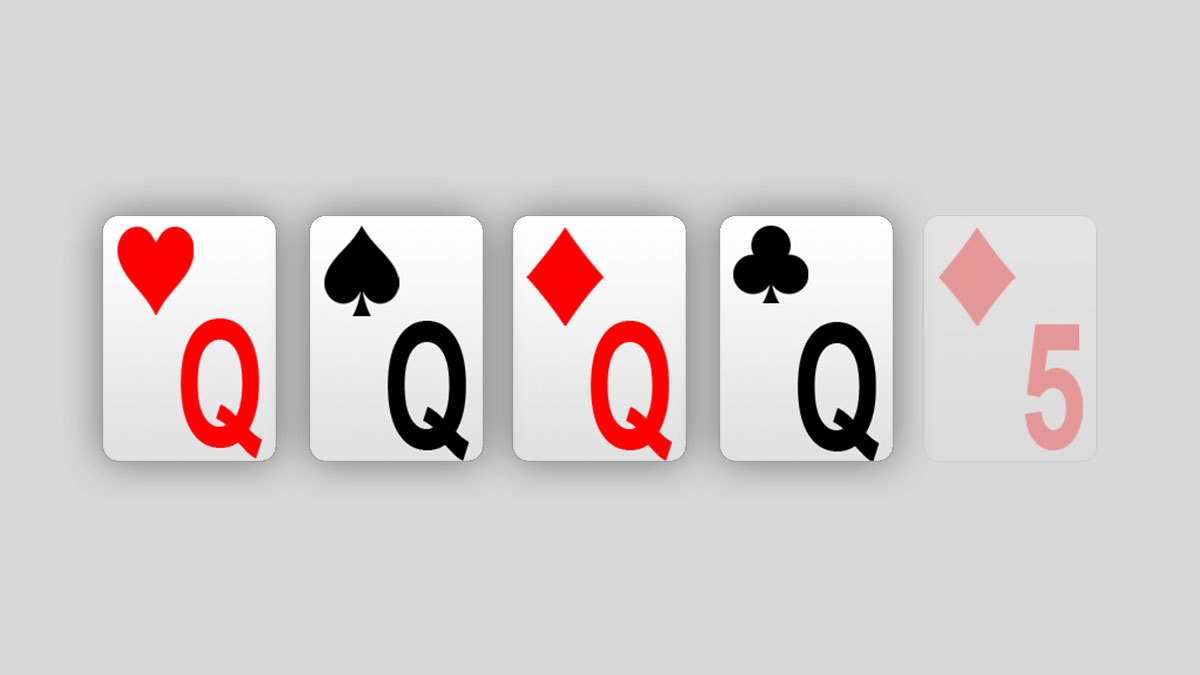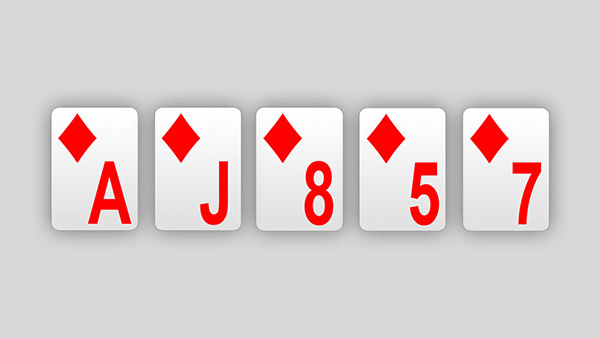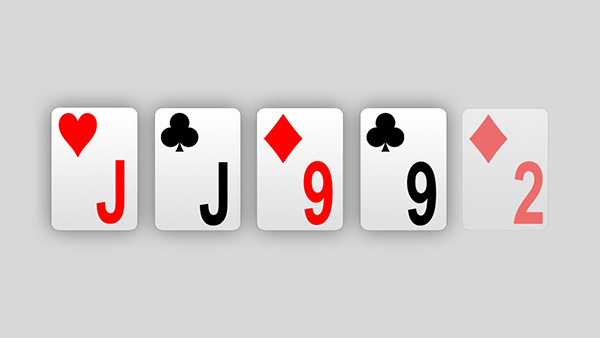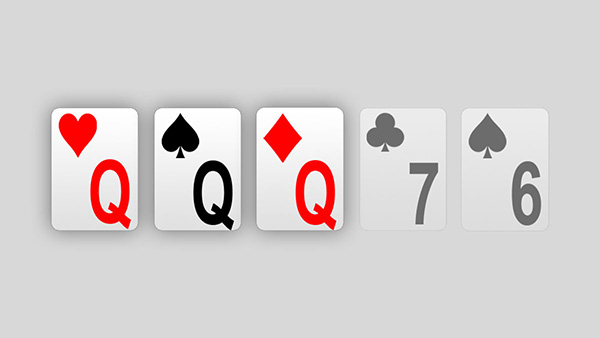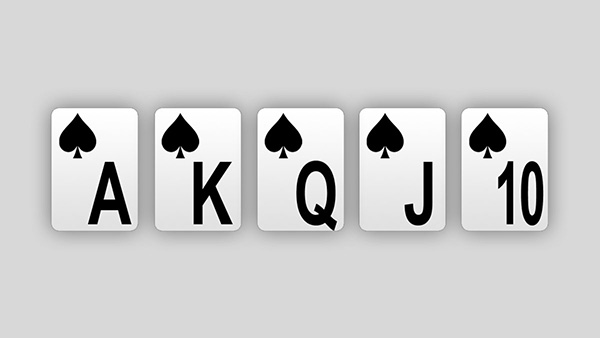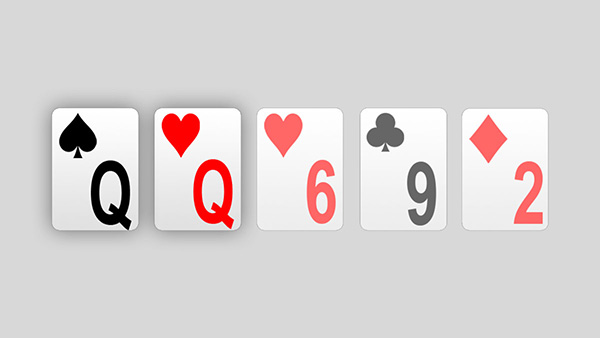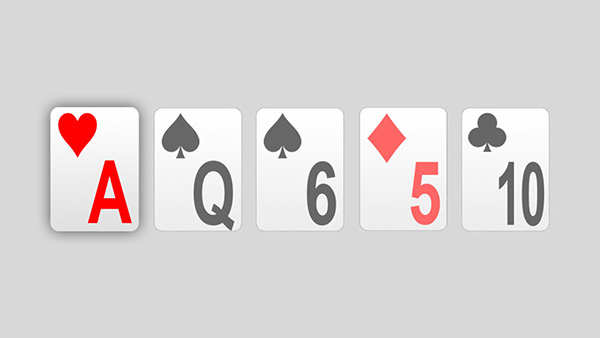The probability of flopping a Pair when starting with two unpaired cards stands at 29%, translating to 1 in 3.45.
Pair – Quick Recap
Definition of a One Pair –
Holding two cards of identical rank.
Example – AAXXX
In Texas Hold’em, a Pair is defined as holding two cards of the same rank in your initial hand. It can also occur when one of your hole cards matches a card on the board, or when there are Pairs among the community cards. The strongest Pair possible in Hold’em is Aces .
Odds of Making a Pair on the Flop
The likelihood of forming a Pair on the flop is influenced by the specific hand you possess.
If you are holding two unpaired cards, the probability of getting a Pair on the flop is 29% .
Nonetheless, the overall probability of forming a Pair with any combination of starting cards is actually 31.1%.
So, why the discrepancy?
Of course, some of the hands we start with may already include Pocket Pairs! This guarantees that we can make at least a Pair or better. Even if we disregard any Pairs on the board (in such scenarios, we still regard our hand as One Pair), the statistics for Pocket Pairs are as follows.
The Pocket Pairs - Breakdown
A Weak Pair (below the second highest card on the board) = 41.3%
A Mid Pair (above the second highest card on the board) = 23.3%
Over Pair (above top card on the board) = 23.3%
Trips and better = 12%
The probability of different Pair types varies based on the specific Pocket Pair in your hand, as stronger Pocket Pairs are more likely to produce Over Pairs.
For example -
KK – Flops an Over Pair 67.3% of the time.
JJ – Flops an Over Pair 36.2% of the time.
88 – Flops an Over Pair 10.2% of the time.
Unpaired Holdings – Breakdown
Bottom Pair = 8.98%
Middle Pair = 10%
Top Pair = 10%
Once again, this is heavily contingent on the hand you start with.
Odds with AKo
Bottom Pair = 0%
Middle Pair = 0%
Top Pair = 29%
Odds with 98o
Bottom Pair = 4.9%
Middle Pair = 15.6%
Top Pair = 8.45%
Odds with 32o
Bottom Pair = 26.9%
Middle Pair = 2.02%
Top Pair = 0%
It's hardly surprising that high-card hands tend to result in top Pairs more often than mid-range or low-card hands, which are more likely to form Mid or low Pairs, respectively.
For instance, AKo will never flop either a second Pair or a bottom Pair—think about that!
